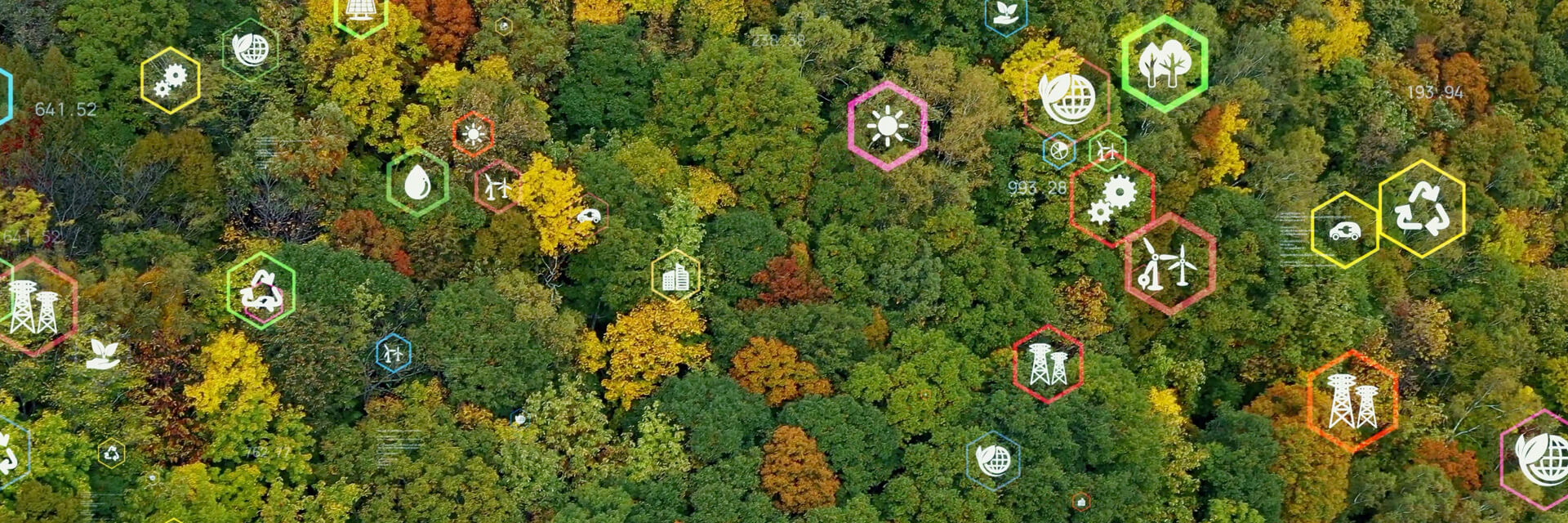
Aligning Real Estate with a New Generation of Environmentally Conscious Buyers
- Published
- Mar 7, 2022
- Share
The world is going green. And so are real estate buyers.
Developing a clear understanding of how buyer preferences are changing over time is an essential ingredient to being a successful home builder. Calls to curb resource usage and environmental impacts will continue to rise, especially for the millennial generation—with Gen Z not far behind. This means that a larger share of builders and real estate investors will make green practices part of their business plan.
According to the National Association of Homebuilders, homebuyers want (and will pay more for) sustainable features like energy-efficient appliances, double-paned windows for better insulation, and features that ensure better air quality. Sustainability will continue to be a major focus as younger generations enter the housing market, both as buyers and renters. This socially conscious group is looking for built-in green features and sustainability.
According to the 2021 edition of What Home Buyers Really Want, three features within the “Most Wanted List” fall under energy efficiency. ENERGY STAR® windows and appliances and energy-efficient lighting topped the list, with 39% of respondents citing ENERGY STAR® windows as an essential feature. Maximizing asset efficiency not only decreases energy and utility costs, but it also facilitates predictive maintenance—saving up to 15% on maintenance costs according to BCG research that was communicated to the World Economic Forum for its 2021 Framework for the Future of Real Estate insight report.1
Some of the simplest ways to upgrade an existing property include:
- Caulking exterior windows and doors to stop air leakage and improve insulation.
- Installing energy-efficient appliances such as dishwashers and refrigerators.
- Using eco-friendly paint with no VOC emissions.
- Switching to energy-efficient LED light bulbs.
- Maintaining and insulating the water heater and installing a drain-water heat-recovery system.
Drain-water heat-recovery systems work especially well with solar heaters. Think solar heaters only work in warm climates? Think again. Closed-loop active solar water heating systems that use non-freezing heat-transfer fluid are popular in colder climates that still receive high amounts of incoming solar radiation, like Colorado.
According to the U.S. Department of Energy, water heating is the second largest energy expense in the average American home, accounting for about 18% of the utility bill. Fixing leaks, installing low-flow fixtures and insulating accessible hot water lines all help conserve valuable hot water. Additionally, periodically testing system pressure ensures high-efficiency devices work properly but also do not consume more than their rated amount of water. For maximum water efficiency, the U.S. Environmental Protection Agency WaterSense Program provides additional resources surrounding specifications, product recommendations and understanding your water bill.
Beyond sustainable property features, real estate investors may consider local environmental factors that will make a property more attractive as an investment and to future renters. Millennials are increasingly focused on decreasing their carbon footprint and living in walkable neighborhoods with better access to public transit. In fact, a Brookings Institution study found that 63% of millennials would prefer to live where they do not need a car often.2 Additionally, walkable neighborhoods are being touted for fostering a greater sense of community. Other attractive community features include things like a garden, bike sharing and on-site recycling programs.
The industry is moving toward design for improved productivity, environmental consciousness and social interconnectivity. Although cost reduction and predicative maintenance provide a robust business case for energy efficiency, with the increased focus on environmental, social and corporate governance, the emphasis on wider benefits beyond pure financial returns is increasingly significant. Sustainability and affordability can no longer be considered mutually exclusive. Those who understand that develop a marked competitive advantage in the marketplace.
1BCG research communicated to the World Economic Forum for this Insight Report.
2Christopher Leinberger and Mariela Alfonzo. Walk this Way: The Economic Promise of Walkable Places in Metropolitan Washington, D.C., Brookings Institution, 2012.
Contact EisnerAmper
If you have any questions, we'd like to hear from you.
Receive the latest business insights, analysis, and perspectives from EisnerAmper professionals.











